
What Are the Most Comfortable Heels: Comfort Guide
16 May 2025
We've all felt the tell-tale signs of uncomfortable high heels: aching arches, sore toes, or the deep urge to kick them off halfway through the day. But thankfully, it doesn’t have to be this way.
In this guide, we’ll explore ways to find stylish, supportive heels that feel as good as they look. After reading, you’ll be able to find the right pair to enhance your posture, elevate your outfit, and keep you on your feet with confidence, without compromising on comfort.
Here’s what we’ll cover:
- Why comfortable heels matter
- Types of comfy heels
- Top tips for choosing your next pair
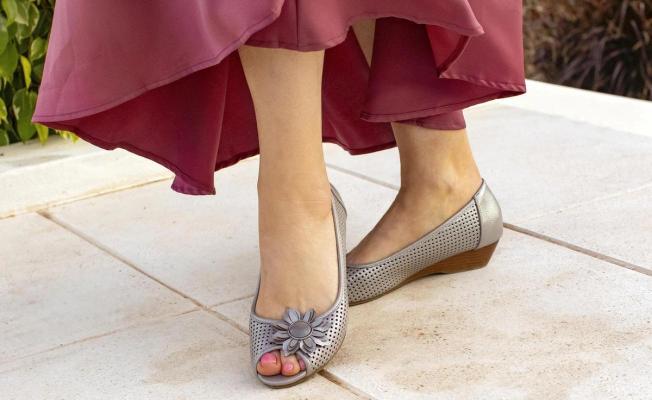
Why Comfortable Heels Matter
Wearing your favourite pair of heels shouldn’t mean sacrificing comfort. It should mean looking and feeling great, while supporting your posture, reducing foot strain, and improving your overall sense of wellbeing. If this sounds different to your usual high-heeled experience, keep reading.
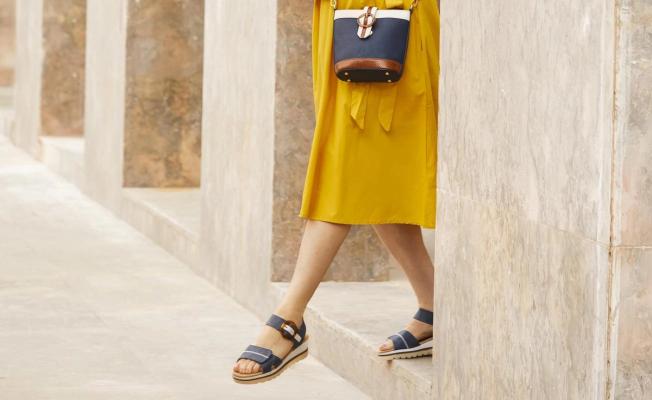
Types of Comfortable Heels to Look For
When shopping for the most comfortable heels, consider both the design of the heel and the support features that come with it. Below are some of the most supportive and foot-friendly options, with links to our collections so you can browse with confidence.
Block Heels
Block heels offer more surface area than slim stilettos, which helps distribute your weight more evenly. They provide excellent stability and are a top choice for all-day wear.
Unlike narrow heels, block styles create a stronger base underfoot, which reduces wobble and relieves pressure on the balls of your feet. This makes them ideal for busy days when you want to stay comfortable without sacrificing that all-important style.
Best for: Those who need ankle support or prefer extra balance.
Style tip: Pair with tailored trousers or midi dresses for a confident, grounded look.
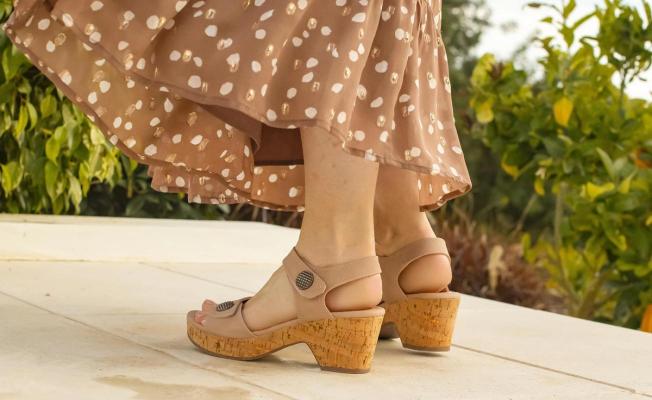
Wedge Heels
Wedges provide heel height with added arch support and a smoother transition from heel to toe. Their continuous sole offers more underfoot contact, making them easier to walk in.
Because the weight is distributed along the full length of the foot, wedges can feel more supportive and stable than traditional heels. They're a particularly smart choice if you're after comfort on uneven surfaces or during all-day events.
Best for: People with high arches or those who struggle with traditional heels.
Style tip: Great for summer outfits, weddings, and smart-casual days. They also pair particularly well with Sarongs.
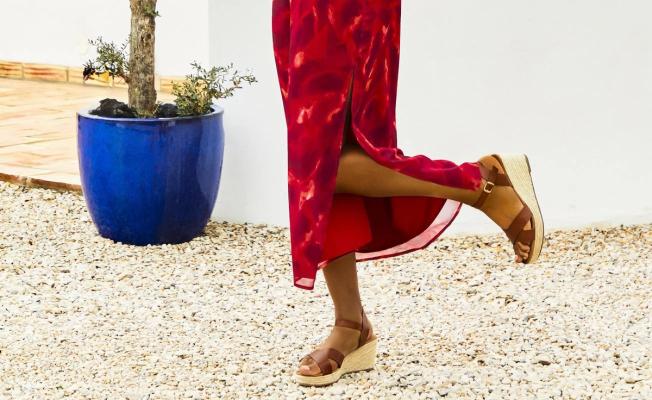
Kitten Heels
Kitten heels have a lower profile, which makes them kinder on the forefoot while still offering elegance and lift. A great option for work or events where you’ll be on your feet for a while.
With just a slight boost in height, they ease pressure on your arches and toes without skipping out on sophistication. Their understated shape also makes them perfect for more formal or professional settings.
Best for: Those looking for subtle height with a classic silhouette.
Style tip: Pair with cropped trousers or pencil skirts for a refined finish.
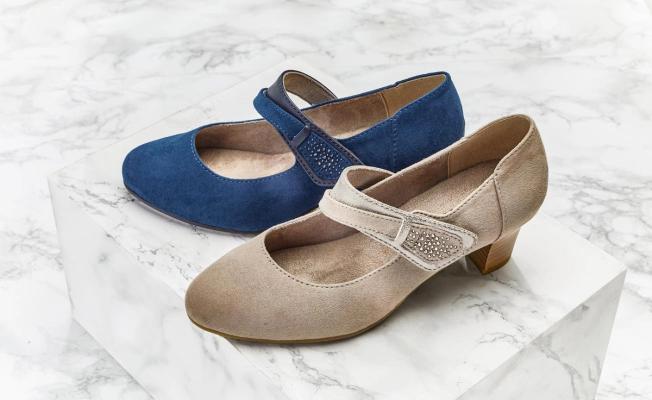
Platform Heels
Platforms allow for height without the dramatic incline of high stilettos. By elevating the forefoot as well as the heel, they ease pressure on the ball of the foot.
They’re a favourite for those who love extra height but don’t want to sacrifice any comfort. Thanks to the added thickness under the toe area, platforms reduce the overall angle of your foot and make extended wear more manageable.
Best for: Adding height comfortably and evenly distributing weight.
Style tip: A bold option that works well with wide-leg trousers or flowing dresses.
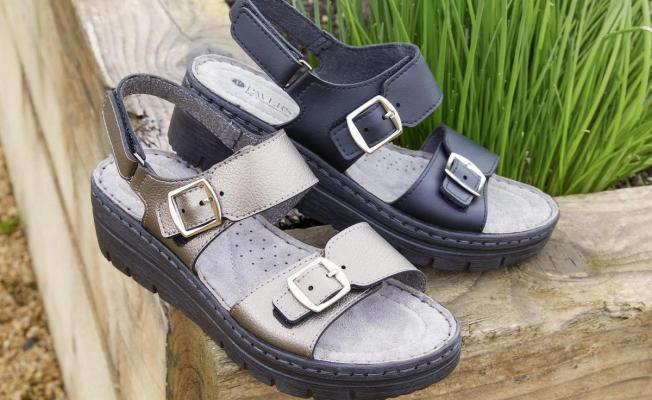
Strappy Heels & Sandals
Strappy heels offer security and structure, holding your foot in place to prevent slipping or rubbing. Adjustable ankle straps can help you tailor the fit to your needs.
This added support is especially helpful for narrower feet or those who find traditional pumps too loose. A snug, customisable fit can go a long way in preventing blisters and keeping you comfortable on your feet for longer.
Best for: Narrow or low-volume feet that need a secure hold.
Style tip: Look for styles with padded footbeds and minimal toe pressure.
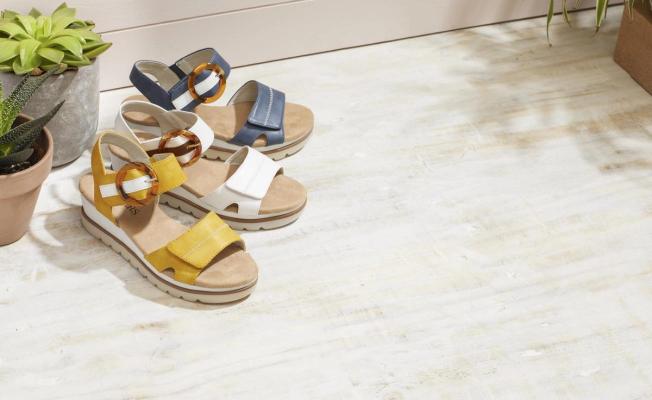
Cushioned Heels
Comfort-focused heels now come with modern enhancements like memory foam, arch contouring, and padded linings. These elements absorb impact and soften the experience of walking in heels.
Ideal for anyone with sensitive soles or heel pain, cushioned heels provide gentle support where it’s needed most. They’re a great choice for everyday wear or occasions when you'll be standing for extended periods.
Best for: Anyone prone to heel pain or pressure in the metatarsal area.
Style tip: Look for classic silhouettes that blend comfort features with timeless design.
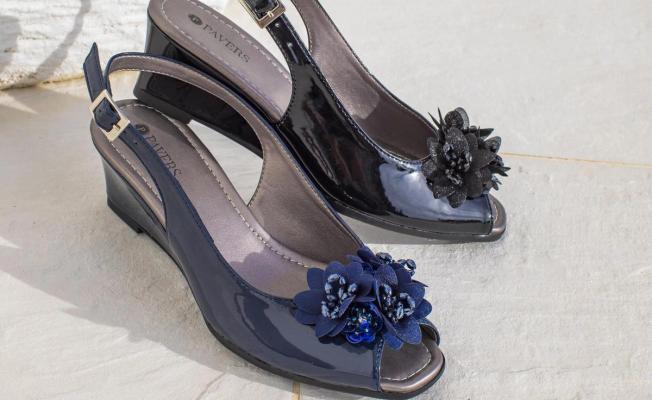
How to Break in New Heels Without the Discomfort
Even the most thoughtfully designed heels can take a little time to soften and adjust to your feet. Breaking in new shoes gradually helps prevent rubbing, pressure points, and blisters, especially around the heel, toe box, and arch.
Here’s how to break in your new pair:
Start slow: Try wearing your new heels at home for short periods. Adding a pair of thick socks helps stretch the material gently, especially in tighter areas. This also gives you a chance to spot any areas that might need extra padding or support.
Use heel grips or toe inserts: These can stop your feet from slipping forward and reduce friction on pressure points. If you tend to get rubbing at the back of the heel, gel pads or cushioned grips can make a noticeable difference.
Try protective plasters: If you're prone to blisters, apply anti-rub tape or blister plasters before your first wear out of the house. Prevention is far easier (and more comfortable) than treating sore spots after the fact.
Gradually build up wear time: Avoid wearing brand-new heels for a full day straight. Start with shorter outings, like dinner or a quick meeting, and gradually work your way up to a full day of wear.
Keep them conditioned: For leather heels, a softening conditioner can help the material adapt to your foot shape more quickly, reducing stiffness and improving comfort early on.
With a little prep, your heels can go from stiff to stylishly snug in no time.
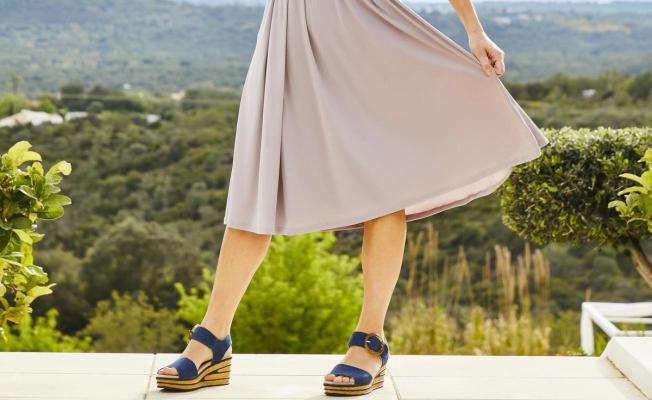
Final Tips for Choosing Comfortable Heels
A few small considerations can make a big difference when it comes to comfort:
Keep heel height moderate: 2 to 3 inches is often the sweet spot for balancing style and wearability. When shopping for heels, knowing how to measure heel height accurately can make a big difference to your comfort.
Prioritise a secure fit: Loose heels can lead to rubbing, while overly tight styles can cause pressure points.
Choose adjustable features like buckles, elastic panels, or straps.
Try shoes on at the end of the day, when your feet are naturally more expanded.
Pay attention to width: Many comfortable styles come in wide fit options.
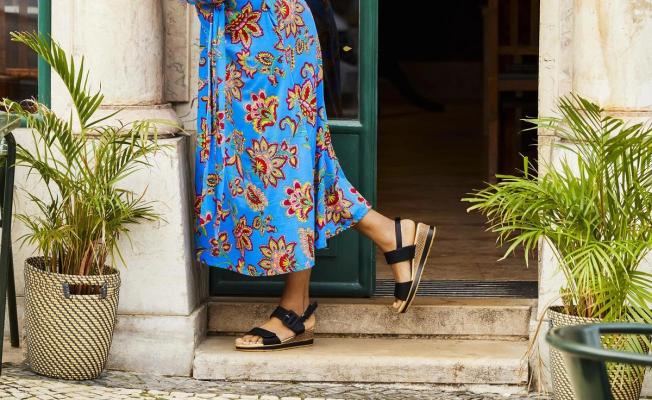
Find the Perfect Pair of Heels
Our extensive range of women’s shoes features all sorts of heels, from wedges to court shoes and many more. Regardless of your experience with heels, you're sure to find something comfortable and stylish that aligns perfectly with your budget, style, and foot shape.
We’re also here to help if you have any questions about finding the right pair for you: get in touch with our team today.
